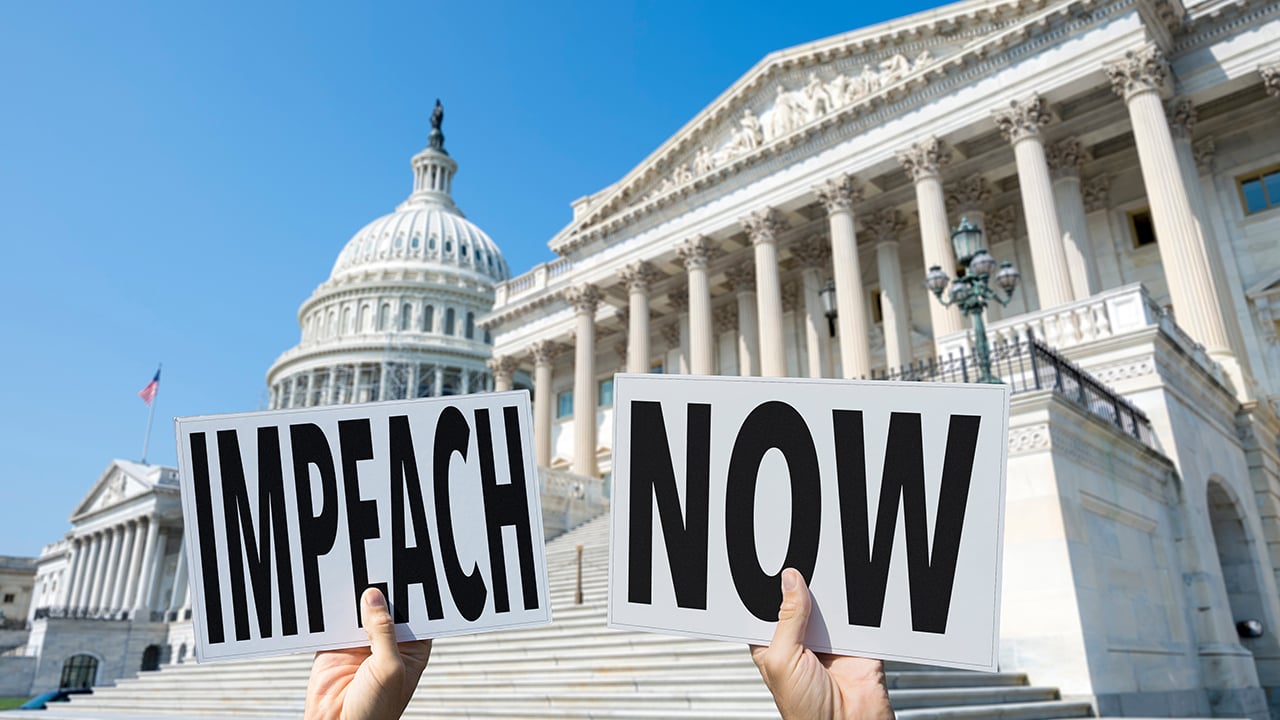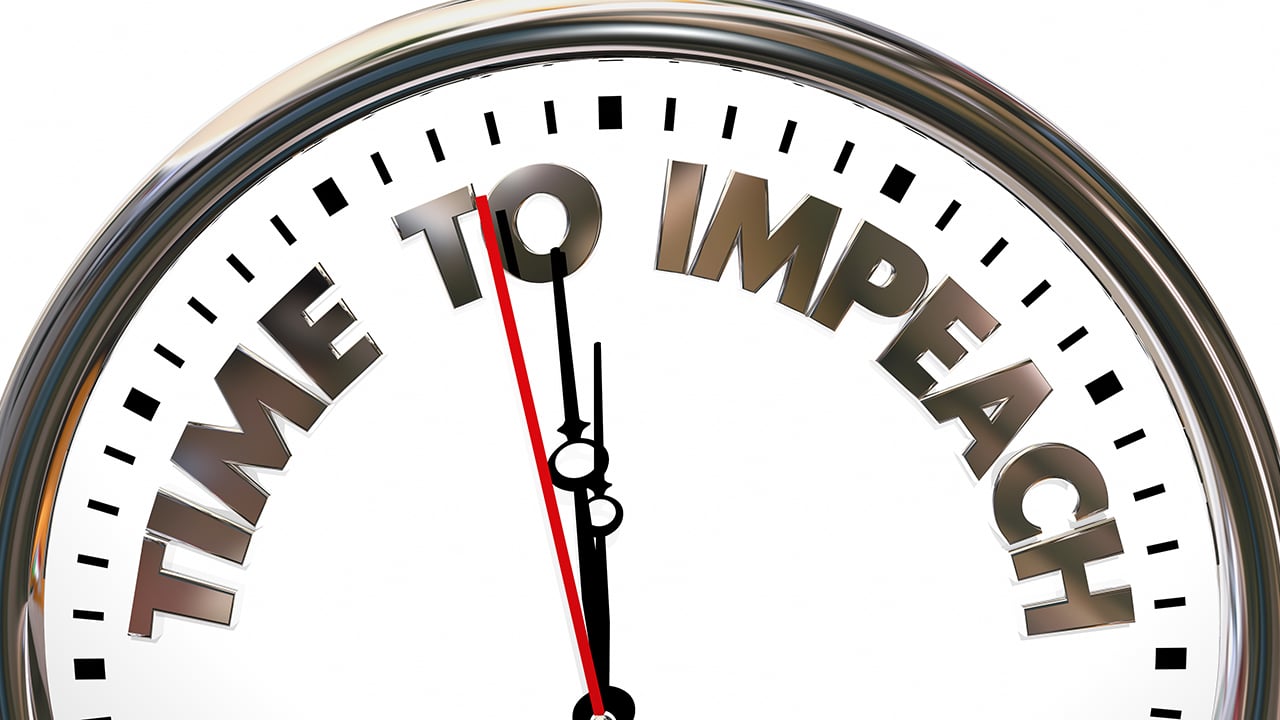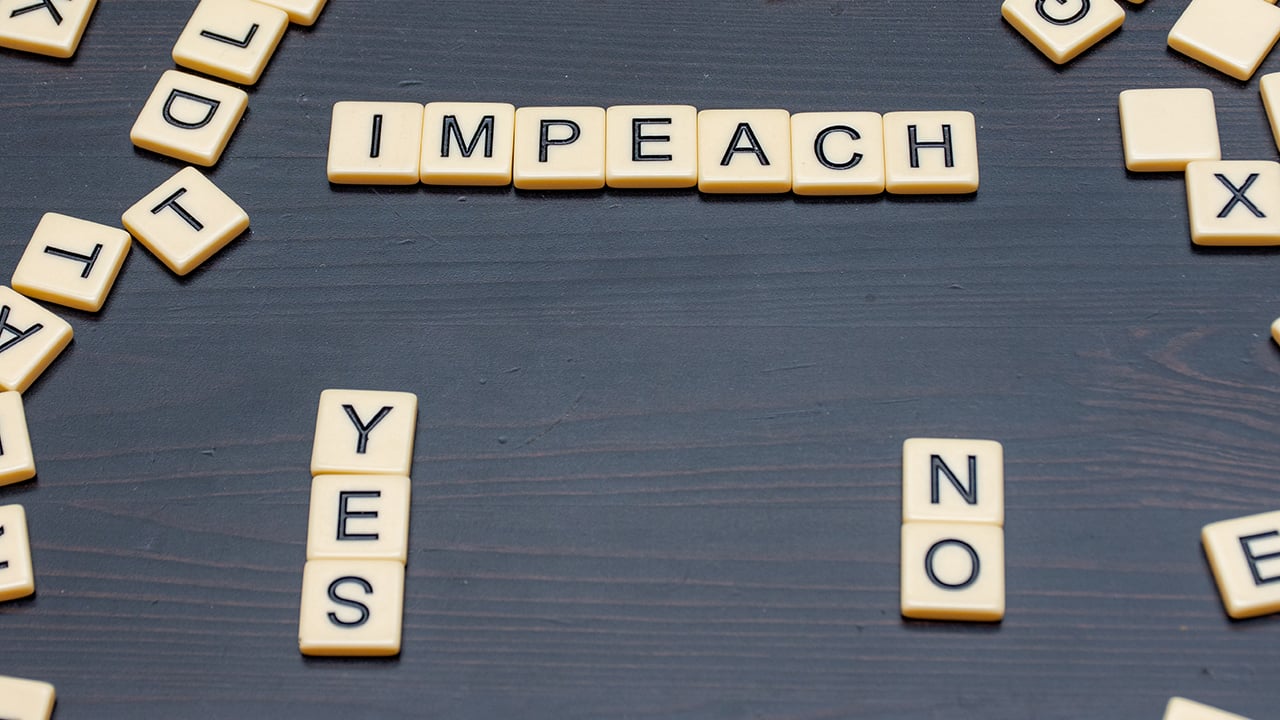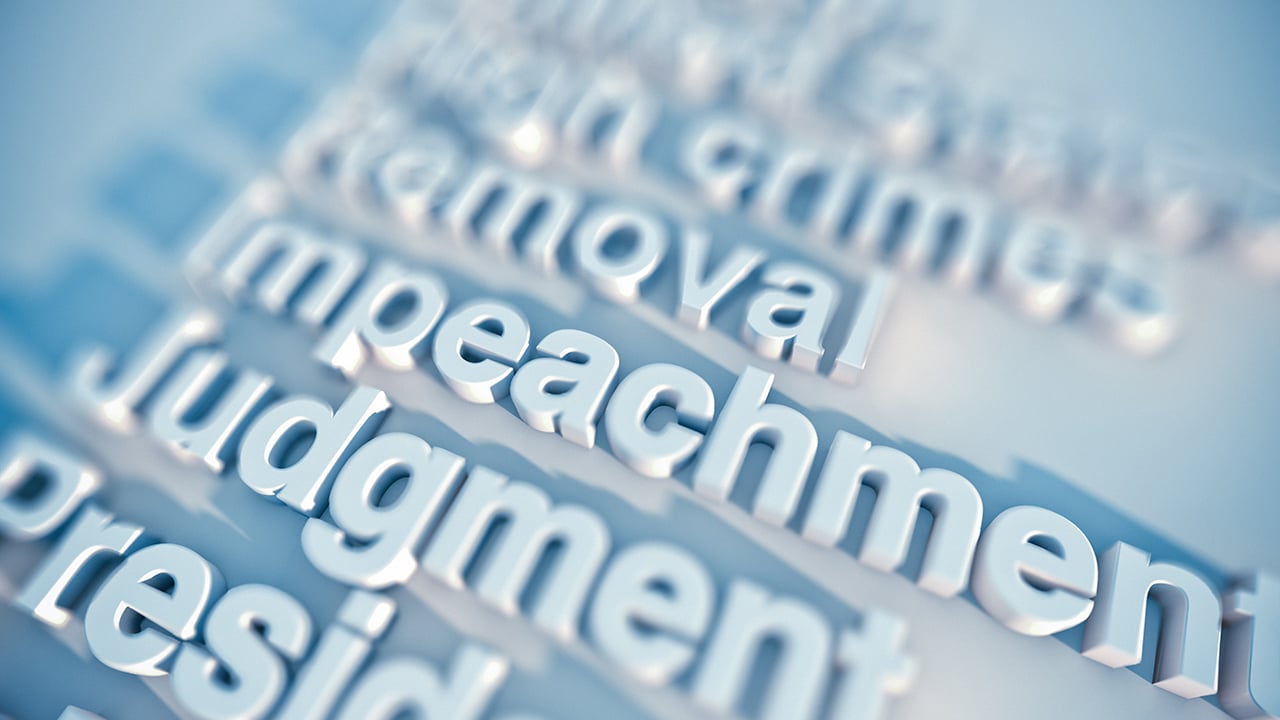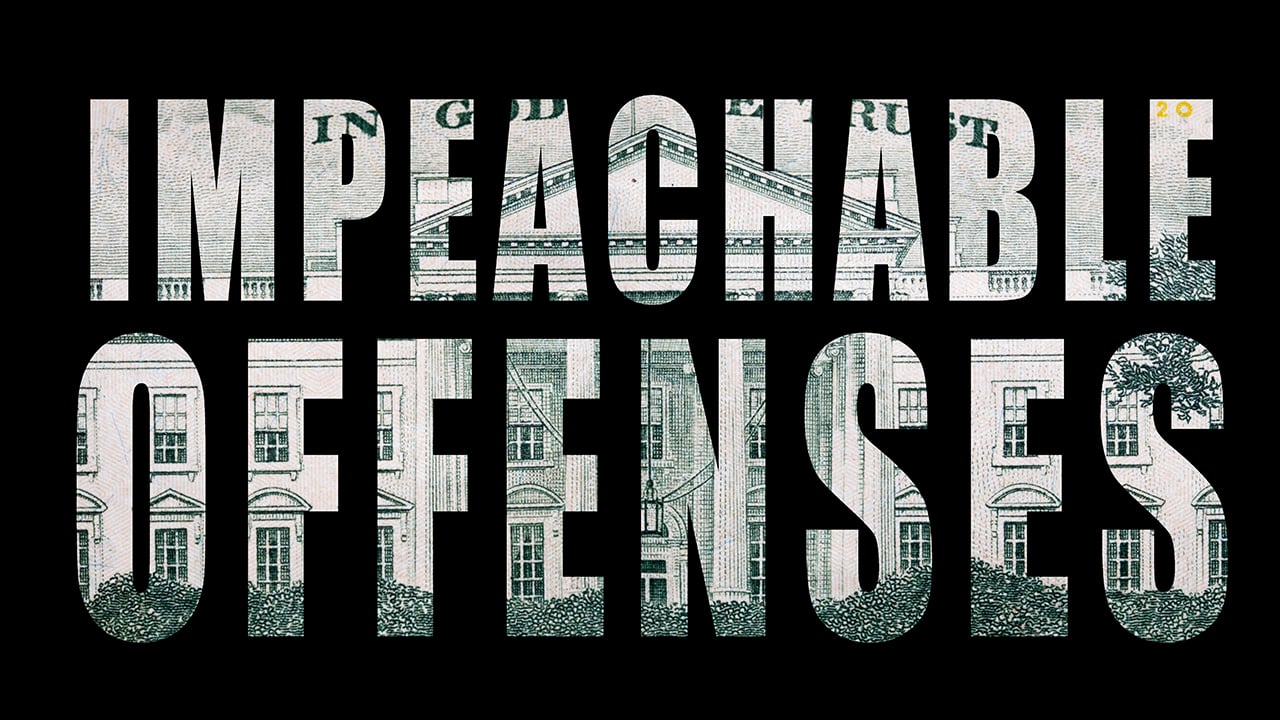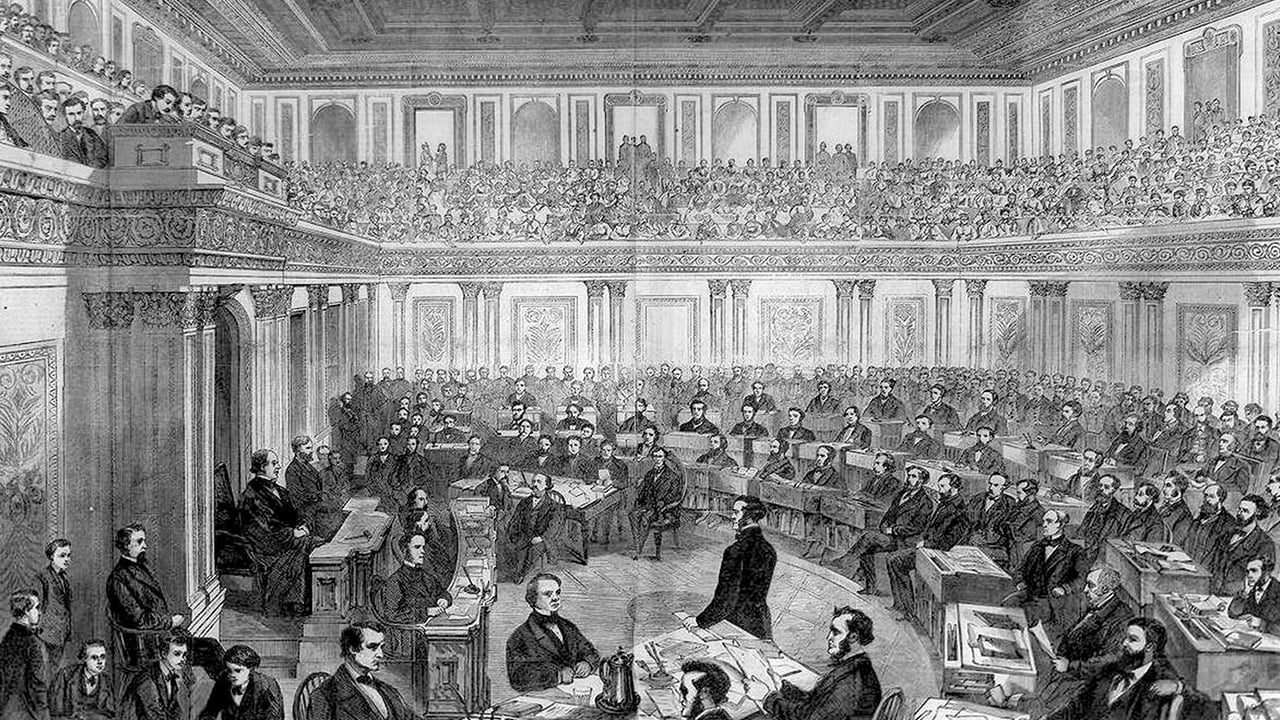
IN FOCUS – Impeachment — The Impeachment of President Andrew Johnson
The first President to be impeached was Andrew Johnson, our 17th President, who was elevated to that office upon the assassination of Abraham Lincoln. Johnson had been a Senator from Tennessee when the Civil War broke out, but remained loyal to the Union. President Lincoln had spoken of reconciliation with the South, but when Johnson proposed conciliatory Reconstruction policies, such as pardoning Confederate leaders, he was targeted by “Radical Republicans” in Congress.

